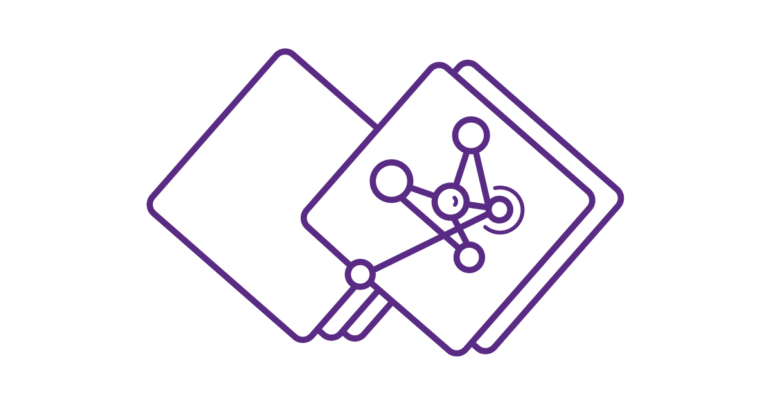Even though explicit knowledge refers to knowledge that has already been captured and documented somewhere in the organization, this doesn’t mean that all organizations capture their explicit knowledge in locations or formats that are easy to use. Indeed, a lot of the work that we do is helping organizations make sense of the large amounts of explicit knowledge that they possess.
It is helpful to revisit the definition from the first part of this series for explicit knowledge before continuing the conversation:
Knowledge that has been made visible by recording it, or embedding it, into a variety of formats: written documents, multimedia, and the design of processes, procedures, or tools. Explicit knowledge can be an overarching term to refer to ‘content’ and ‘information.’

Why is Capturing Explicit Knowledge Challenging?
Among the many challenges that organizations face in properly capturing their explicit knowledge are:
- Current repositories lack a clear purpose statement, and therefore staff use whatever they find most convenient for themselves or their team, making collaboration and coordination across teams harder.
- Staff rely on email inboxes as personal repositories, making the correct and latest versions of documents difficult to track down.
- Knowledge is not structured or tagged in a consistent, predictable way, so people spend undue effort making sense of what they find.
- Knowledge is distributed across many systems, and there is neither a centralized point of access to it nor a complete view of all the relevant content that a user may need.
A Holistic Approach to Capturing and Transferring Explicit Knowledge
At EK, we leverage our People-Process-Content-Culture-Technology framework to approach challenges from a holistic perspective. Below, I share best practices for capturing and transferring explicit knowledge based on this framework.
People
Individuals need training and guidance for storing their knowledge in the correct place and in the appropriate format. As knowledge managers, it is up to us to help teams understand the value of consistently managing their knowledge and helping them adopt best practices. A common issue we come across is that individuals will use their email inboxes as their personal knowledge base, locking away and burying helpful conversations and documents. This is usually because they don’t know any better. Once people are offered guidance and compelling reasons to move their documents to a document management system and their conversations to a platform like Slack or Teams, then this knowledge becomes available to more people within their organization.
Process
Knowledge capture should be embedded as much as possible in the everyday business processes that teams engage in. When helping our clients articulate their KM strategy, their most common request is “don’t make me do extra work.” Knowledge management should not be something extra that employees must do. If we are able to capture knowledge as part of people’s natural ways of working, then we will engender greater adoption. For instance, leveraging meaningful metadata default values and auto-tagging features in taxonomy management systems will minimize the need for users to manually assign metadata to their documents.
Content
Much of the content in an organization is unstructured, which means that it lacks the metadata to describe and categorize it, making it more difficult to identify and manage. When knowledge is captured, it should be structured and categorized in a way that will make it easier to find and use. Developing a taxonomy to consistently tag explicit knowledge goes a long way in making knowledge more usable and findable, as well as laying the foundation for more advanced knowledge management capabilities in the future. Creating navigational structures and information architecture that is intuitive will also help people within your organization browse and sort through volumes of documents more quickly.
Culture
As mentioned above, people often develop bad habits in capturing and managing their knowledge. As part of organizational culture, leadership should not only establish incentives for people to capture their knowledge correctly, they should also set expectations and accountabilities for doing so. Furthermore, there should also be indicators to assess the extent to which teams and individuals are adhering to best practices, enabling the organization to adapt approaches if they aren’t.
Technology
Technology again becomes a key enabler for knowledge capture. Knowledge repositories should be searchable, support taxonomies, and offer features that would make it easy for individuals to ‘do the right thing.’ Organizations will want to consider introducing technologies that support KM into their technology stack if they don’t already have them, such as content and document management systems, taxonomy management, and in more advanced cases, knowledge graphs to provide that rich contextual view of a piece of knowledge.
Closing
Organizations create volumes of explicit knowledge as part of their daily activities. Capturing it, storing it, and then sharing it in a way that makes work easy for your teams can be very challenging. However, we are experts in providing organizations with tailored, holistic approaches to managing their explicit knowledge. If your organization needs help wrangling their knowledge, please contact us.
